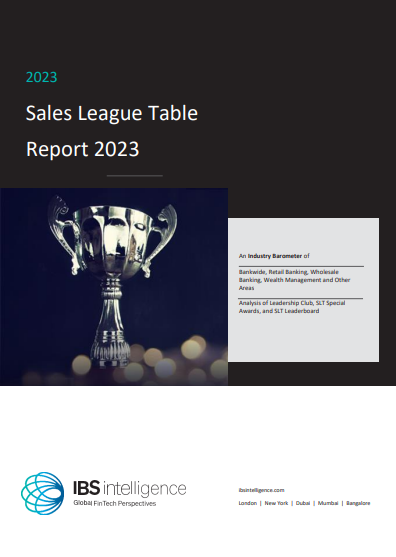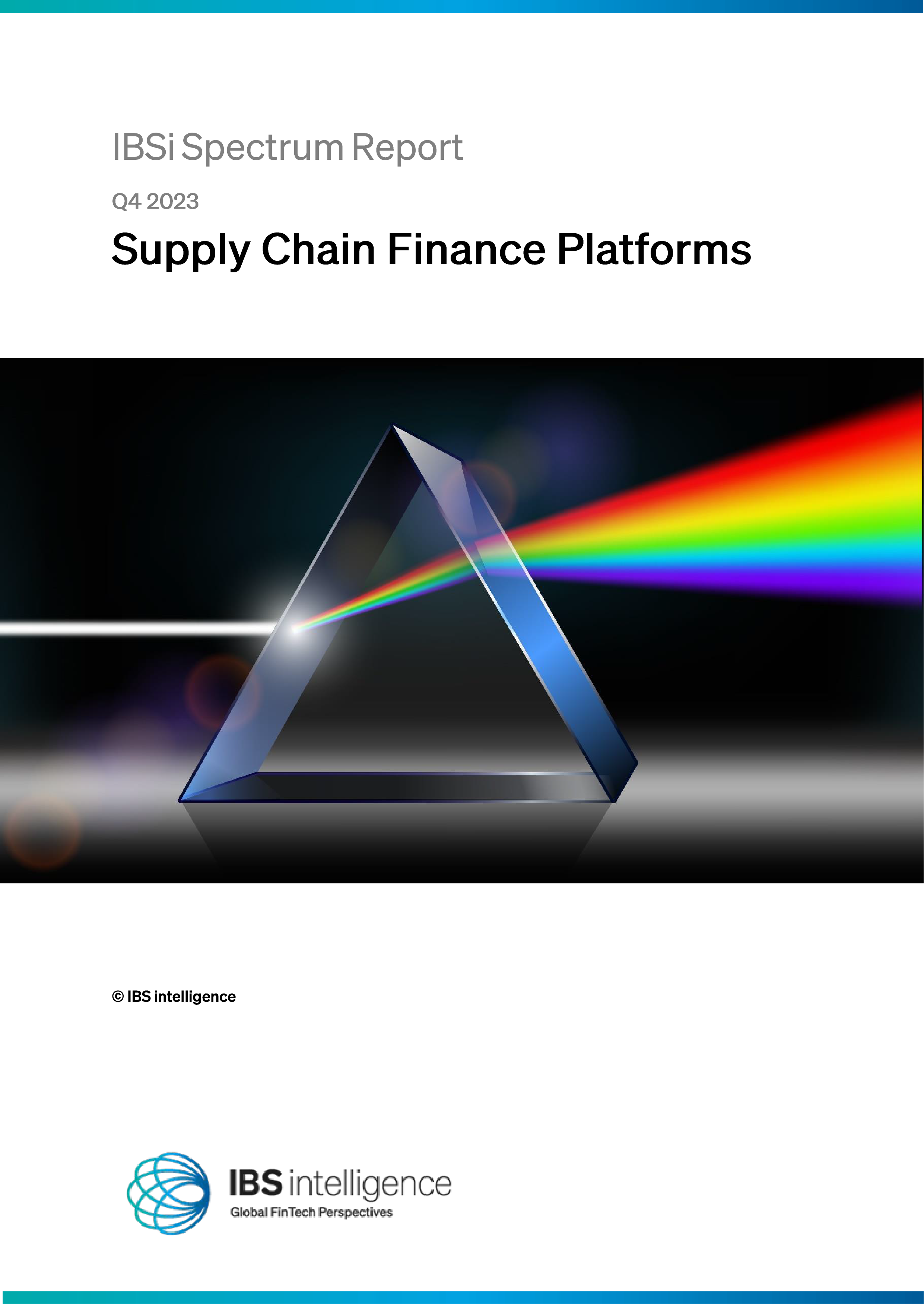 Back
Back
Compliance challenges set to benefit from insight engines
With so much data locked in unstructured formats, such as PDFs, invoices and emails, discovering information to either prove compliance or non-compliance at scale is becoming increasingly difficult. Remaining compliant is a mission critical consideration for organisations operating within regulated industries. For regulators, it’s also vital that processes are strictly followed, and that non-compliance is identified as soon as possible. On both sides of the regulatory fence, having access to the right information as and when it is needed is key.
by Ryan Moore, Head of Data and Analytics at Aiimi
To overcome the challenges of managing information across systems, organisations are increasingly adopting insight engines to intelligently identify and surface all relevant information. By leveraging this capability, both the regulated and the regulators are able to streamline regulatory compliance processes.

Organisations operating within heavily regulated industries, such as financial services, will typically hold vast amounts of historical data and information that will fall within the scope of regulatory audits. The key challenge here is that much of this information is contained within unstructured and semi-structured documents that are hidden within multiple systems, presenting significant challenges when it comes to discoverability and disclosure.
Organisations should, of course, be fully aware of the regulatory compliance frameworks that govern their usage and management of data. These frameworks are usually transferred into business rules that dictate the processes by which documents and data are shared, stored and managed—for example data classification and security and access controls. This is best practice, but it’s often only when audits are conducted that organisations discover how stringently business rules have been followed. Add to this problem the likelihood that data regulations will have been updated or superseded by new regulations over a number of years, and that the personnel responsible for creating business rules may have left the organisation, and the compliance challenge becomes clear.
With essential pieces of information missing, producing compliance reports requires a significant amount of manual intervention, which is both costly and time-consuming; the average cost of compiling a DSAR (data subject access request) response, for example, is £6,000. In short, business rules can only take the organisation so far when it lacks the capability to intelligently search, discover and classify structured and unstructured data.
This is where insight engines can deliver significant benefits and move organisations towards an advanced compliance model that allows regulatory reports to be compiled and delivered with confidence.
Enriching and evolving with deeper insights
By crawling through systems and identifying relevant information that lies within unstructured documents, insight engines eliminate compliance risks by interconnecting and enriching all data across the enterprise. This allows the organisation to quickly determine the information assets that conform to business rules—i.e. regulatory frameworks—and those that do not. The latter can then be audited and classified through further enrichment steps, such as named-entity recognition, which identifies terms or phrases within unstructured documents, and assigning labels to them.
Not only does this build in an advanced level of intelligence and automation when it comes to compliance, it also brings agility to governance and compliance, as organisations can adapt to regulatory changes with ease by adapting or implementing new business rules. Without an insight engine to surface the information that relates to new regulations, this would not be possible.
Predictive compliance
Another benefit of adopting insight engines is that they prepare organisations for more advanced information management capabilities. For example, organisations can take advantage of the classification and labelling function of insight engines and enable new documents and data to be automatically assessed for compliance. Machine learning can also be used to predict potential risks, providing advanced alerting capabilities taking us one step closer to automating compliance.
This is useful for both the regulators and the regulated. For regulators, alerts can be created when organisations exhibit risk. An example might be an alert that flags the creation of a new company that has the same postcode or founder as an organisation that has previously been closed down for serious regulatory breaches.
For regulated organisations, advanced alerting and risk scoring can provide a fast route to remediation when non-compliant documentation and data is introduced to systems. Further to this advanced redaction technology can also be used to eliminate risks associated with sharing larger data sets, allowing only the relevant information to be disclosed.
The right information at the right time
Key to automating the regulatory process for both the regulated and regulators is the ability to discover and order data. Insight engines bring more information to a visible state, meaning the landscape of information is richer and more detailed. This means reports are more accurate and organisations more compliant. The potential for advanced analytics is also unlocked once all information is made discoverable.
With regulators increasingly able to identify compliance risk with insight engines, it is incumbent upon the regulated to stay ahead by adopting similar technology. Insight engines make information readily discoverable at the right time, allowing both sides to ensure regulatory processes are more efficient, accurate and cost effective.
IBSi News
- Daily insightful Financial Technology news analysis
- Weekly snapshots of industry deals, events & insights
- Weekly global FinTech case study
- Chart of the Week curated by IBSi’s Research Team
- Monthly issues of the iconic IBSi FinTech Journal
- Exclusive invitation to a flagship IBSi on-ground event of your choice
IBSi FinTech Journal

- Most trusted FinTech journal since 1991
- Digital monthly issue
- 60+ pages of research, analysis, interviews, opinions, and rankings
- Global coverage
Other Related Blogs
August 26, 2022
Regulation vs Collaboration: How to encourage innovation in financial services
Read MoreDecember 13, 2021
Does cryptocurrency regulation go far enough to mitigate white collar crime?
Read MoreRelated Reports

Sales League Table Report 2023
Know More
Global Digital Banking Vendor & Landscape Report Q1 2024
Know More
Wealth Management & Private Banking Systems Report Q1 2024
Know More
IBSi Spectrum Report: Supply Chain Finance Platforms Q4 2023
Know More

